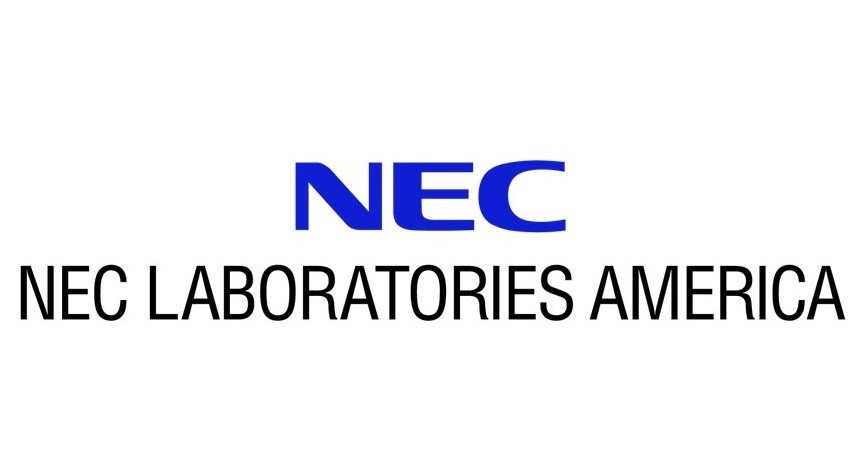Lensless cameras multiplex the incoming light before it is recorded by the sensor. This ability to multiplex the incoming light has led to the development of ultra-thin, high-speed, and single-shot 3D imagers. Recently, there have been various attempts at demonstrating another useful aspect of lensless cameras – their ability to preserve the privacy of a scene by capturing encrypted measurements. However, existing lensless camera designs suffer numerous inherent privacy vulnerabilities. To demonstrate this, we develop the first comprehensive attack model for encryption cameras, and propose OpEnCam a novel lensless optical en cryption ca mera design that overcomes these vulnerabilities. OpEnCam encrypts the incoming light before capturing it using the modulating ability of optical masks. Recovery of the original scene from an OpEnCam measurement is possible only if one has access to the camera’s encryption key, defined by the unique optical elements of each camera. Our OpEnCam design introduces two major improvements over existing lensless camera designs – (a) the use of two co-axially located optical masks, one stuck to the sensor and the other a few millimeters above the sensor and (b) the design of mask patterns, which are derived heuristically from signal processing ideas. We show, through experiments, that OpEnCam is robust against a range of attack types while still maintaining the imaging capabilities of existing lensless cameras. We validate the efficacy of OpEnCam using simulated and real data. Finally, we built and tested a prototype in the lab for proof-of-concept.

